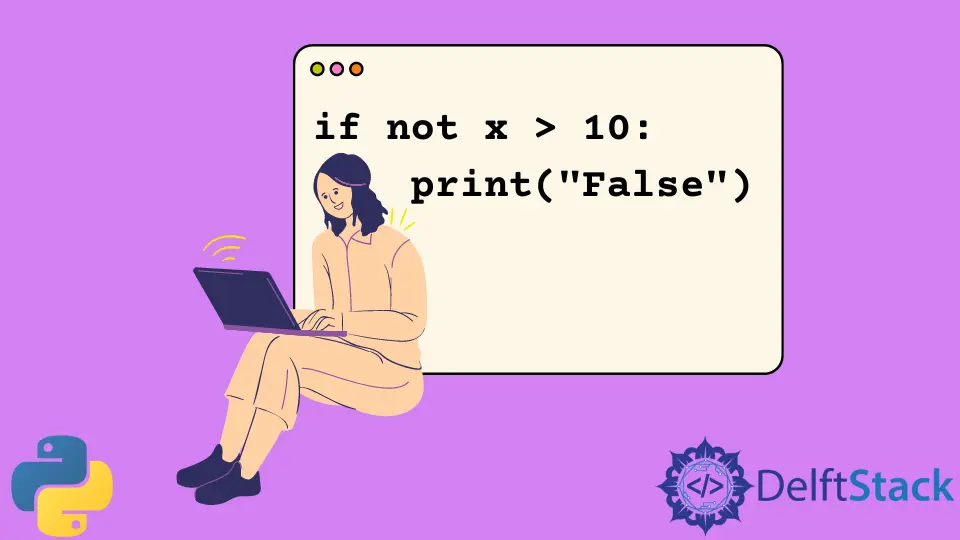Python 中的 if not 語句
Manav Narula
2021年2月28日

Python 中的 if 語句檢查一個特定的條件,如果條件為真,則執行一個程式碼塊。
if not 的作用與 if 語句相反。它測試一個條件是否為假,然後執行一些語句。
使用 if not 語句可以提高程式碼的可讀性,對於返回 False 的條件可以直接執行一些語句。
下面的程式碼將有助於解釋它的使用。
x = 5
if not x > 10:
print("False")
輸出:
False
由於 x > 10 為 False,所以程式碼被執行。
與 if 語句類似,它可以有多個條件,我們也可以用它和 else 關鍵字一起建立 if-else 塊。
if not 語句也可以用來檢查一個資料集合,如列表、字典是否為空。在 Python 中,如果一個變數或物件是 0 或空,那麼它被認為是假的。請看下面的例子。
lst = []
if not lst:
print("Empty")
輸出:
Empty
同樣,它的使用也可以擴充套件到其他條件,比如檢查某個東西是否在集合中不存在。例如,如果一個元素不存在於一個列表中,我們可以使用 if not 與 in 關鍵字來執行一些語句,如下所示。
lst = [1, 2, 3, 5, 6]
if not 4 in lst:
print("All Okay")
else:
print("Not Okay")
輸出:
All Okay
作者: Manav Narula
Manav is a IT Professional who has a lot of experience as a core developer in many live projects. He is an avid learner who enjoys learning new things and sharing his findings whenever possible.
LinkedIn